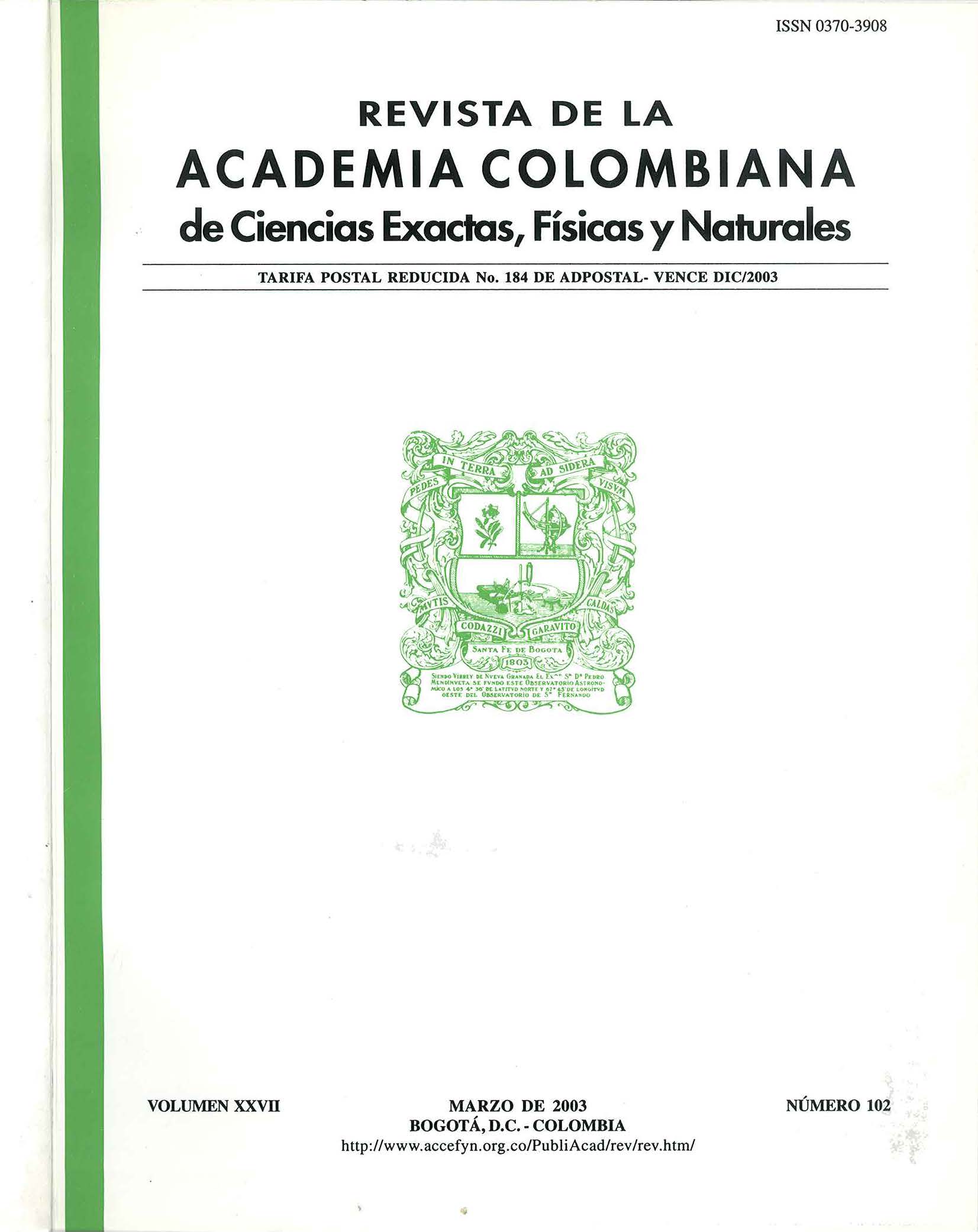Resumen
La codificación de los planos de falla tiene como objetivo principal proponer una nueva posibilidad para la ubicación de focos sísmicos. Para ello es preciso construir una malla regular de hipocentros supuestos, sobre el plano de falla, para hacer la búsqueda del rayo sísmico más rápido y directo, que viaja desde cada foco hasta un sismógrafo dado. Este procedimiento se lleva a cabo para un mínimo de tres sismógrafos, de manera que se pueden elaborar mapas sobre el plano de falla de isolíneas de tiempo de llegada a cada uno de los tres sismógrafos. En consecuencia, también pueden elaborarse mapas de isolíneas de diferencias de tiempo de llegada entre parejas de sismógrafos sobre el plano de falla. Al superponer dos de estos mapas de diferencia de tiempo se obtiene la localización de un sismo generado en dicho plano. Una aplicación importante es el estudio de la atenuación de la energía sísmica en el recorrido y en las fronteras entre medios.
Referencias
Álvarez, J., 1983. Geología de la Cordillera Central y del Occidente Colombiano y Petroquímica de los Granitoides Meso- Cenozoicos. En: Boletín Geológico. Ingeominas. Vol. 26(No. 2.): 1983. pp. 1-175.
Bradley, J.J., Fort, A.n., 1966. Internal Friction in Rocks. En: S.P. Clark, Jr. (Editor). Handbook of Physical Constants. Geological Society of America. Memories 97. pp. 195- 221.
Buitrago, J., Monsalve, G., Morales, J., 2001. Codificación Sismológica de un Segmento de la falla Cauca – Almaguer y sus Aplicaciones en el Departamento de Antioquia. Tesis de pregrado. Universidad Nacional de Colombia. Medellín. pp. 1-146.
Chica S., A. 1999. Codificación Sismológica de planos de falla. Informe escrito enviado para su aprobación a la Universidad Nacional de Colombia, Bogotá. pp. 1-111.
. 2001, Codificación Sismológica de Planos de Falla. Una propuesta metodológica. En: revista DYNA, 129: Marzo, 2001. pp. 19–35.
Grosse, E. 1926. Mapa Geológico de la parte occidental de la Cordillera Central de Colombia entre el río Arma y Sacaojal, escala 1:50.000. El Terciario Carbonífero de Antioquia. Berlín.
González, H. 1980. Geología de las planchas 167 (Sonsón) y 187 (Salamina). En: Boletín Geológico. Ingeominas. Vol. 23 (No. 1): 1980. pp. 1-174.
Mapa Geológico del Departamento de Antioquia. Geología, recursos minerales y amenazas potenciales. Memo- ria Explicativa. Ingeominas. pp. 1-213.
Jakosky, J.J., 1950. Exploration Geophysics. TRIJ Publishing Co. USA. pp.. 1-1195.
Lay, T. Wallace, T.C., 1995. Modern Global Seismology. Academic Press. U.S.A. pp. 34 – 114.
Maya, M., González, H., 1995. Unidades Litodémicas en la Cordille- ra Central de Colombia. En: Boletín Geológico Ingeominas. Vol. 35 (No. 2-3): pP. 43 – 53.
McCourt, W., Aspden, J. A., Brook, M., 1984. New Geological and Geocronological Data for the Colombian Andes: Continental Growht by Multiple Acretion. En: Journal of the Geological Society of London, 141. pp. 831-845.
Page, W., 1986. Geología sísmica y sismicidad en el noroccidente colombiano. ISA – INTEGRAL. Woodward & Clyde consul- tants. Medellín.
Press, F., 1966. Seismic Velocities. En: S.P. Clark, Jr. (Editor). Handbook of Physical Constants. Geological Society of America. Memory 97. p. 195- 221.
Restrepo, J., Toussaint, J., 1982. Metamorfismos Superpuestos en la Cordillera Central de Colombia. V Congreso Latinoamericano de Geología. Buenos Aires. pp. 1-8.
Wortel, M. J. R., 1984. Spatial and temporal variations in the Andean subduction zone. Journal of the Geological Society of London, 141, pp. 783-793.

Esta obra está bajo una licencia internacional Creative Commons Atribución-NoComercial-SinDerivadas 4.0.
Derechos de autor 2023 https://creativecommons.org/licenses/by-nc-nd/4.0

